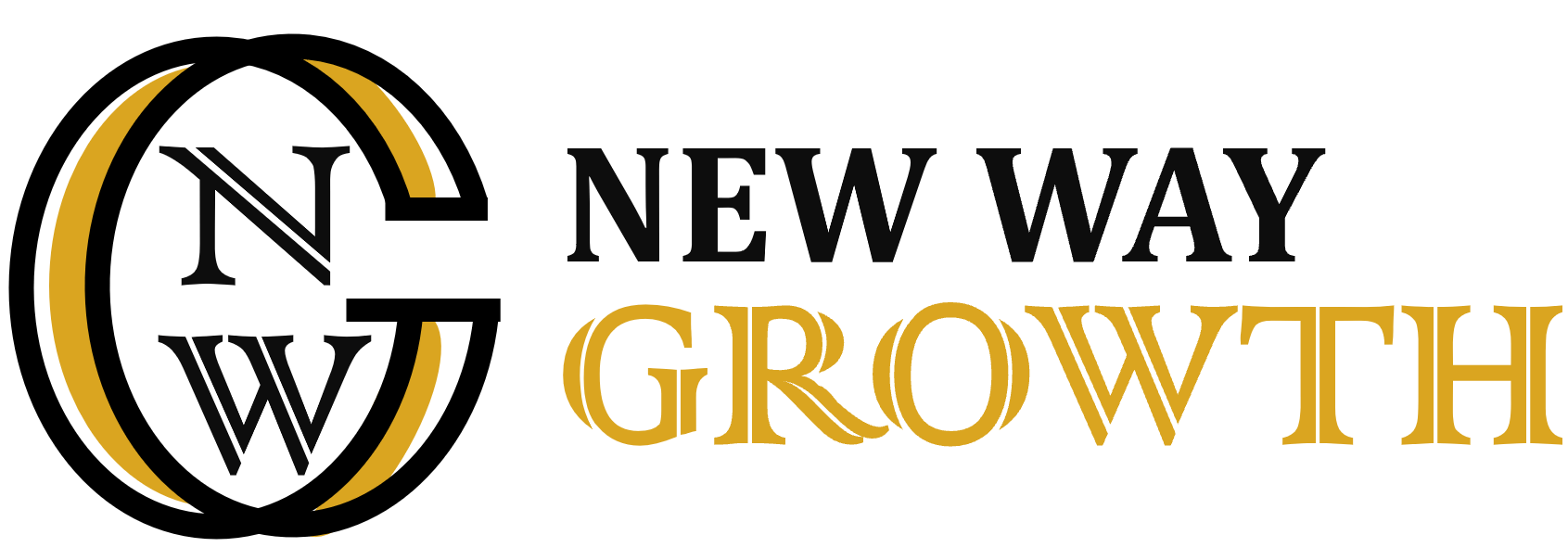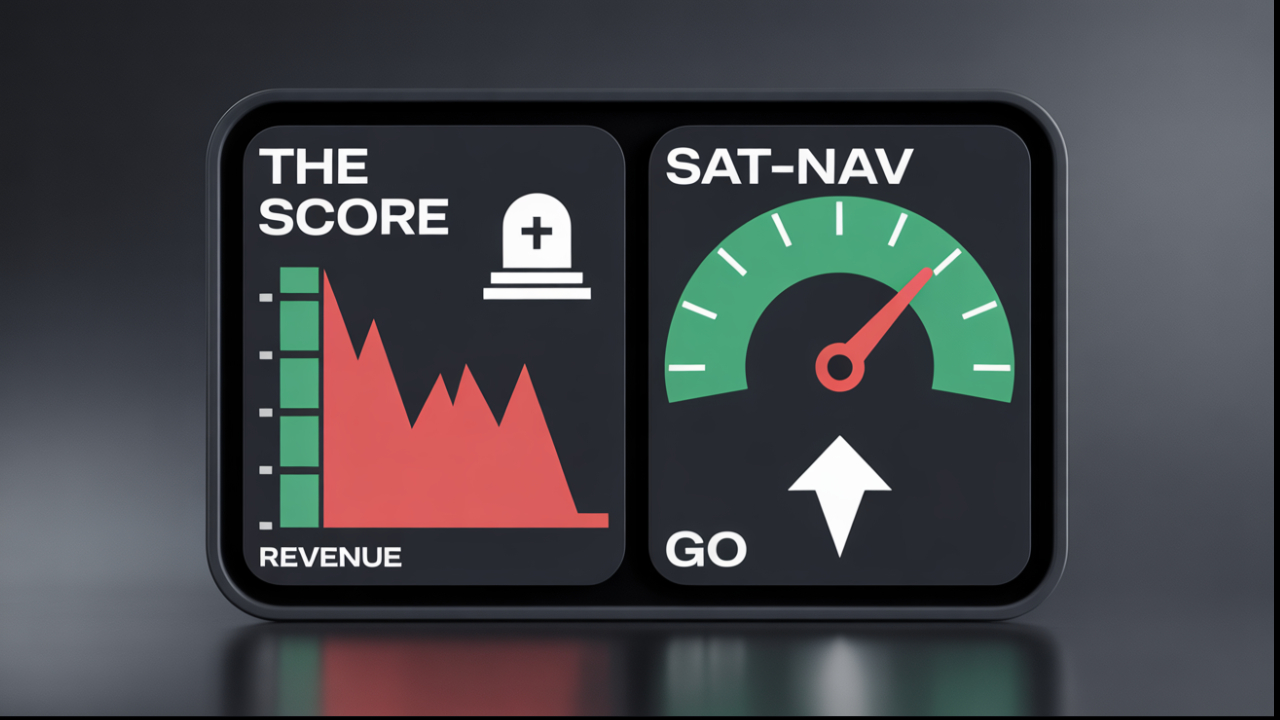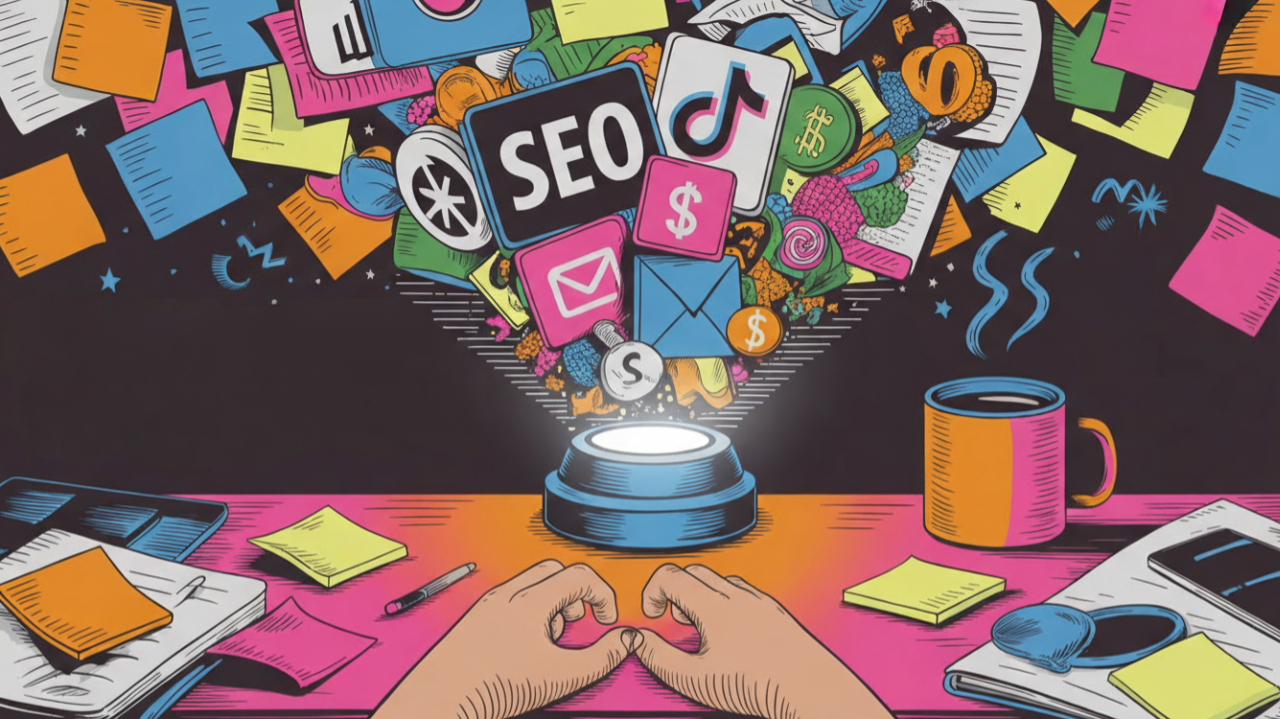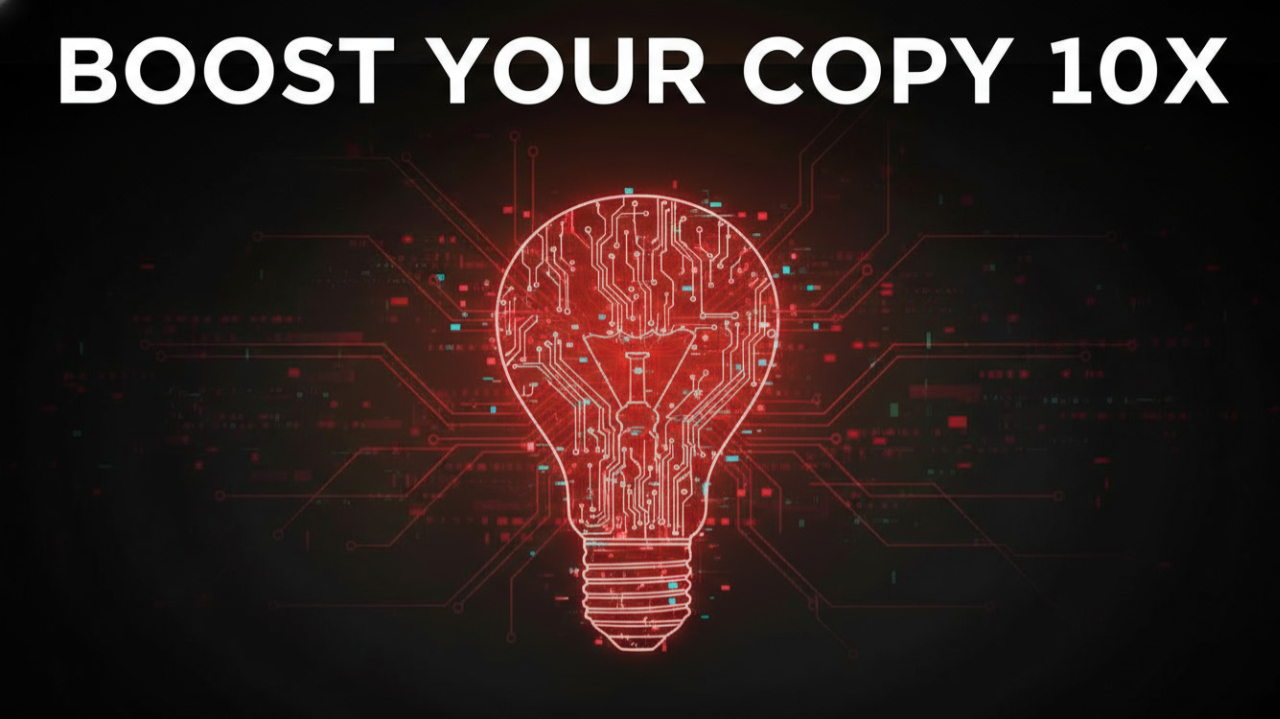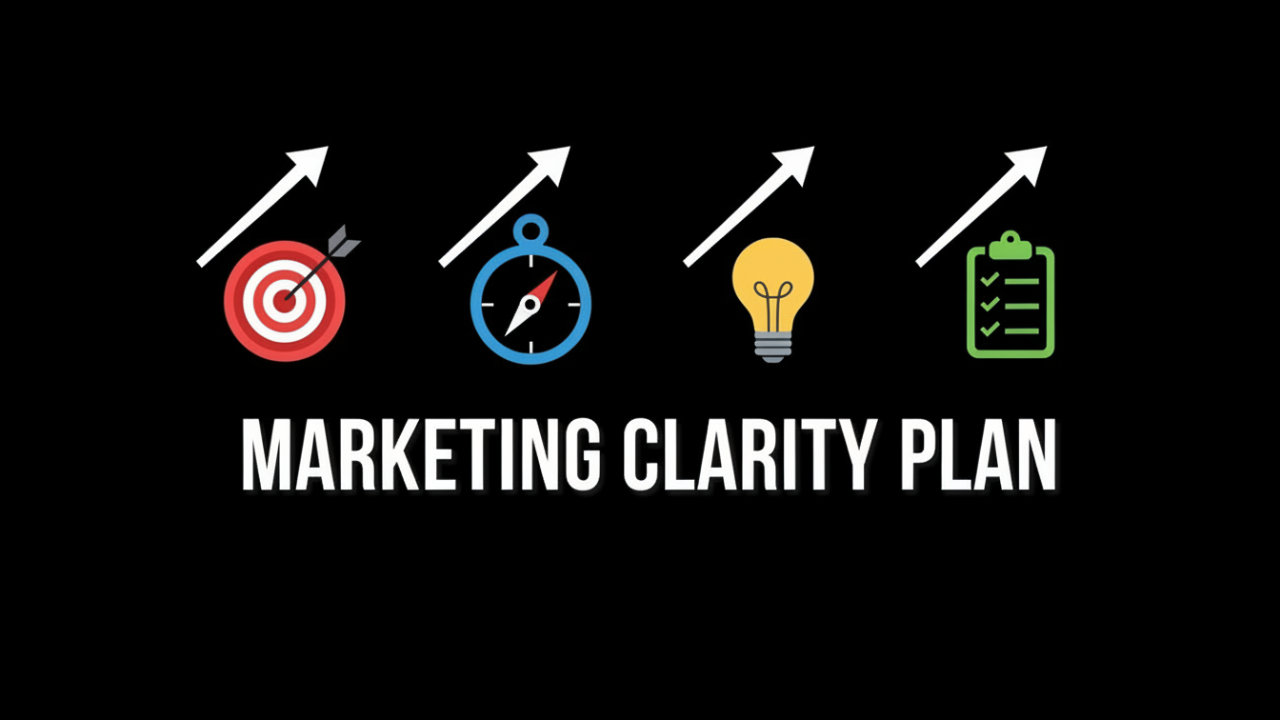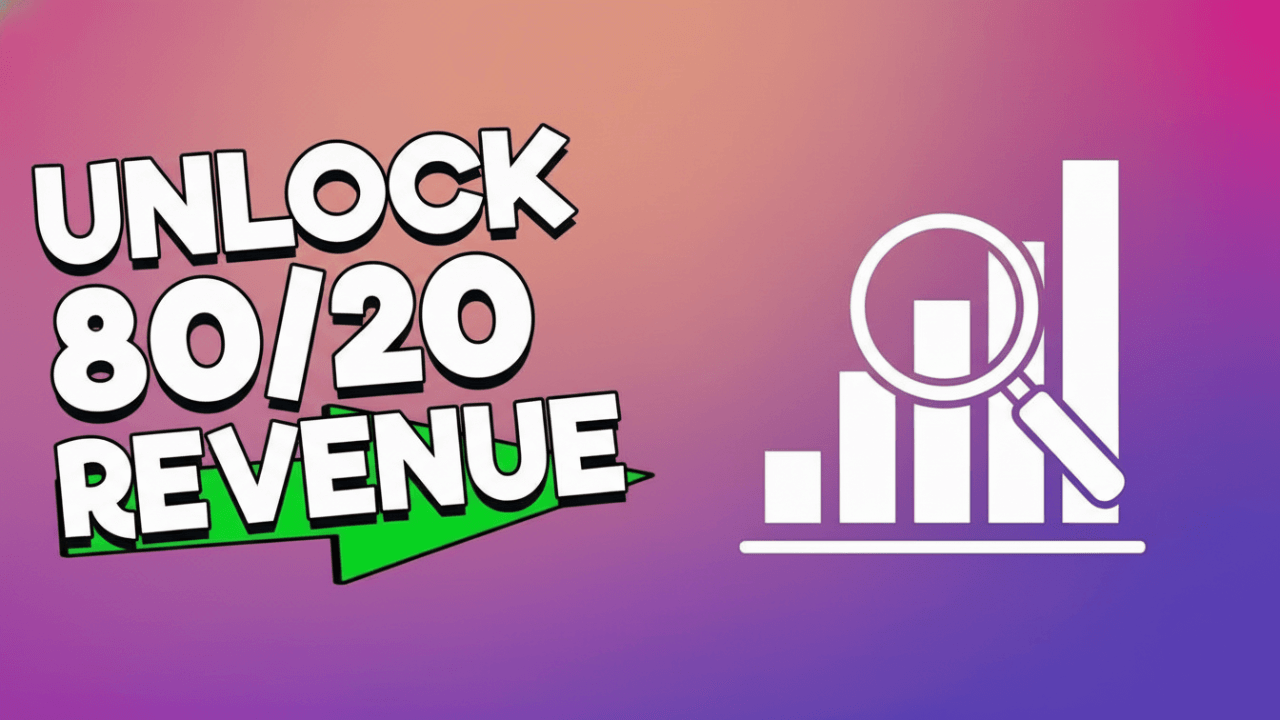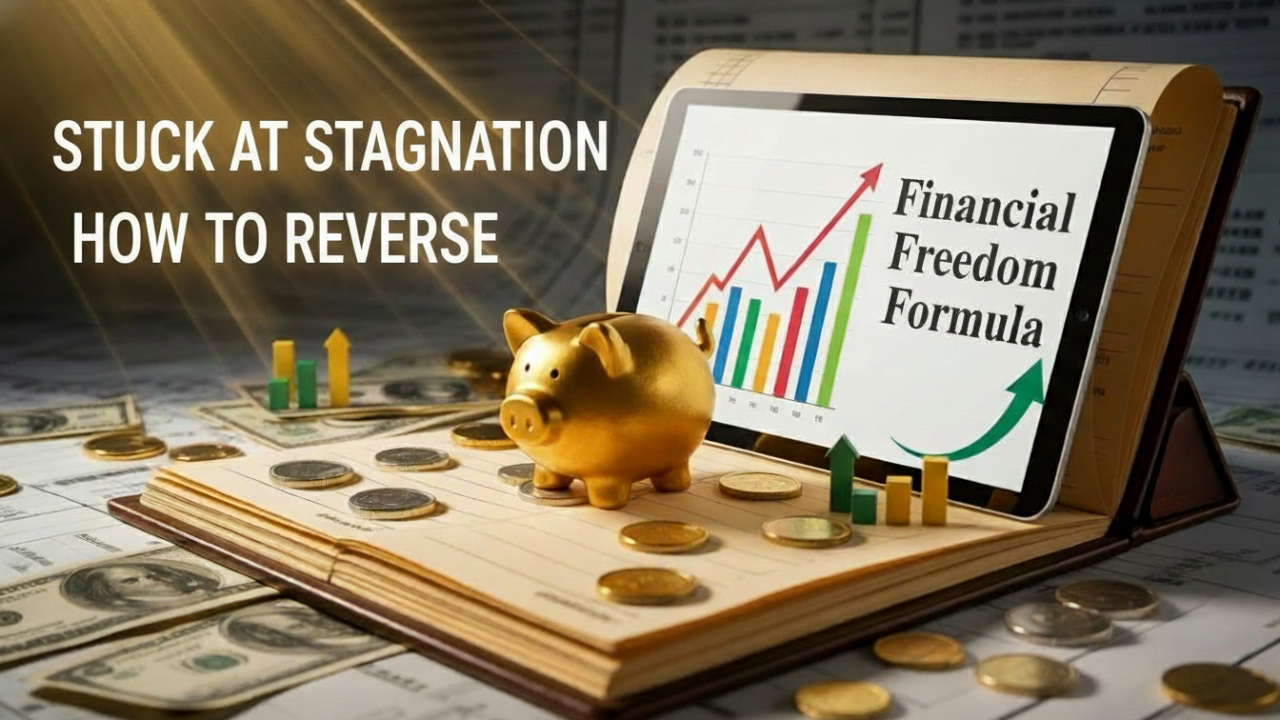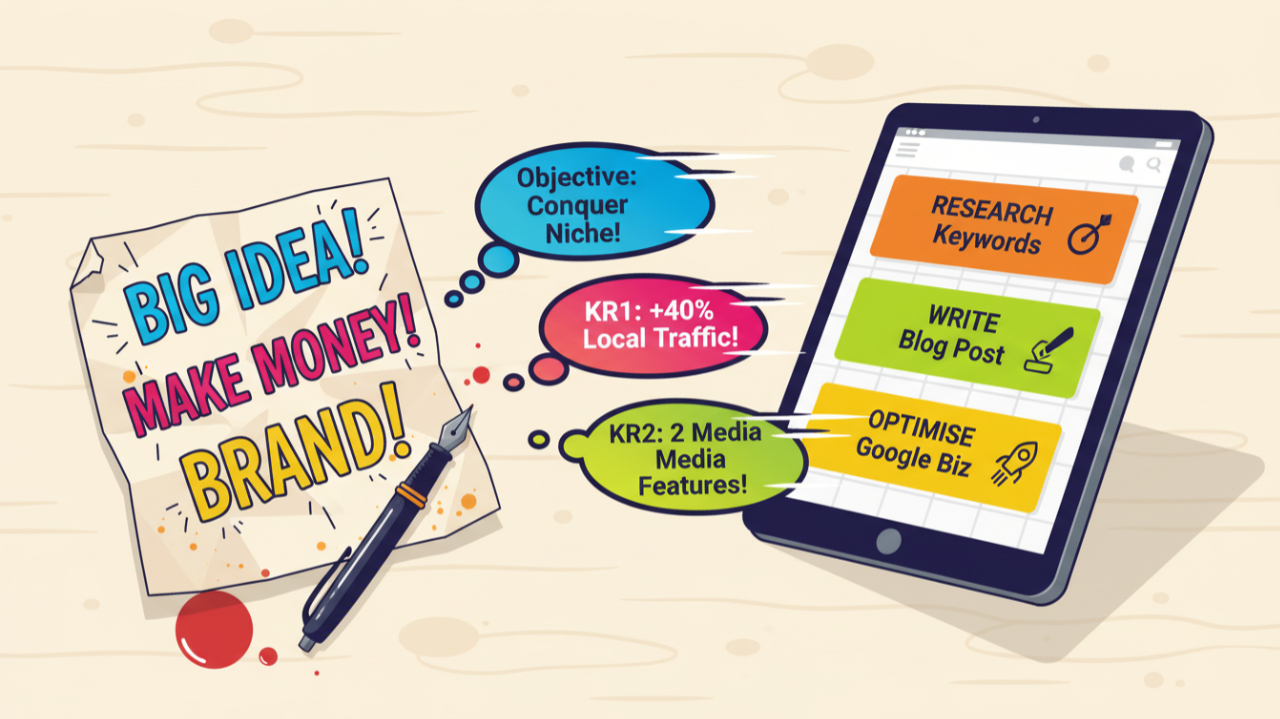Marketing Automation: Transform Your Business Into A Conversion Engine.
Marketing Automation: Transform Your Business Into A Conversion Engine.
The Customer Value Journey and How to Use It with Marketing Automation
The Customer Value Journey (CVJ) is a framework that helps you understand and cater to your customers' needs at every stage of their interaction with your business. It's a roadmap that guides you in providing the right information, offers, and experiences at the right time, ultimately leading to conversions, retention, and advocacy
The traditional CVJ can be broken down into eight distinct stages:
- Awareness: This is the initial stage where a potential customer first becomes aware of your brand. It could be through an advertisement, a social media post, a referral, or even a chance encounter.
- Engage: After becoming aware of your business, the prospect must engage with your content, website, or social media channels. This could involve reading blog posts, watching videos, or exploring product descriptions.
- Subscribe: At this point, the potential customer recognises the value you offer and decides to subscribe to your email list or follow your social media channels, indicating a deeper level of interest.
- Convert: The prospect takes the leap and makes their first purchase, whether it's a product, service, or subscription. This is a crucial milestone in the journey, as it transforms the lead into a paying customer.
- Excite: With the initial purchase complete, the customer continues to engage with your brand, exploring additional offerings and making further investments.
- Ascend: The customer becomes a repeat buyer, regularly purchasing from you and potentially recommending your products or services to others.
- Advocate: At this stage, the customer becomes a vocal advocate for your brand, actively promoting and referring others through positive word-of-mouth and online reviews.
- Promote: The ultimate stage, where your satisfied customers become your most valuable marketing assets, driving new business through their enthusiastic referrals and testimonials.
Automating the Process
While the Customer Value Journey provides a framework for understanding your customers' needs, marketing automation tools allow you to efficiently guide them through each stage with minimal effort. By leveraging automation, you can maintain consistency, reliability, and personalisation in your marketing efforts.
One effective way to implement automation is through content marketing and lead capture. For example, you could create a blog post addressing a common pain point or providing valuable insights related to your industry. Within the post, you can include a call-to-action (CTA) offering a free digital download, such as an e-book or a checklist, in exchange for the reader's contact information.
When a potential customer downloads the content, their email address, name, and phone number are automatically captured and fed into your Customer Relationship Management (CRM) system and email marketing software. This allows you to seamlessly transition them into the next stage of the Customer Value Journey through automated email sequences and targeted campaigns.
Let's illustrate this with an example:
Suppose you run an online marketing agency, and you've created a blog post titled "Understanding Your Customers' Next Step." Within the post, you offer a free digital download on "Value Proposition" in exchange for the reader's contact information.
When a potential customer downloads the content, their details are automatically added to your CRM and email marketing platform. You can then set up an automated email sequence that invites them to attend an online seminar or webinar, where you showcase your high-ticket masterclass course or consulting services.
During the webinar, you have the opportunity to personally connect with the attendees, answer their questions, and provide a compelling offer for your premium offerings. While the initial stages of the journey were automated, this crucial conversion stage allows for personalised interaction, especially for high-ticket items.
If a subscriber doesn't engage with the initial email sequence, you can set up additional automated triggers to send follow-up emails, inviting them to attend online events, in-person workshops, or watch pre-recorded videos. These automated processes continue to nurture the lead, keeping your brand top-of-mind and guiding them towards conversion.
By leveraging automation in this manner, you've successfully taken a potential customer through the Awareness, Engage, and Subscribe stages without manual intervention. The automated system handles the top-of-funnel lead generation and nurturing, freeing up your time and resources to focus on the critical conversion and retention stages.
Personalising the Automation
While automation is a powerful tool, it's essential to strike a balance between efficiency and personalisation. Customers today expect tailored experiences, and generic, impersonal communication can be a turn-off. This is where advanced marketing automation platforms come into play, offering features such as dynamic content, behavioural targeting, and lead scoring.
Dynamic content allows you to personalise your emails, landing pages, and website content based on the recipient's interests, demographics, or behaviour. For example, if a lead has shown interest in a particular product or service, you can automatically display relevant content and offers tailored to their preferences.
Behavioural targeting takes this a step further by tracking and analysing a lead's actions, such as website visits, email opens, and clicks. Based on this data, you can trigger automated campaigns and adjust your messaging and offers accordingly, providing a highly relevant and personalised experience.
Lead scoring is another powerful feature that helps you prioritise your efforts by assigning scores to leads based on their engagement and fit with your ideal customer profile. This allows you to focus your attention on the most promising leads, while automating the nurturing process for those who may not be ready to convert yet.
Compliance and Privacy Considerations
When implementing marketing automation, it's crucial to ensure compliance with relevant privacy laws and regulations, such as the General Data Protection Regulation (GDPR). These regulations govern how businesses collect, store, and use personal data, and failure to comply can result in severe penalties.
To remain compliant, you should obtain explicit consent from individuals before capturing and storing their personal information. This can be done through clear opt-in mechanisms, such as checkboxes or affirmative actions, on your website or lead capture forms.
Additionally, it's essential to provide transparency about how you intend to use the collected data and offer individuals the option to opt-out or request the deletion of their information at any time.
Reputable marketing automation platforms often include built-in features and settings to help you maintain compliance, such as double opt-in processes, unsubscribe links, and data retention policies. However, it's still your responsibility as a business to ensure that you're adhering to the relevant laws and regulations.
Measuring Success and Optimising Your Efforts
Marketing automation is not a one-and-done solution; it requires continuous monitoring, analysis, and optimisation to ensure maximum effectiveness. By tracking key performance indicators (KPIs) such as open rates, click-through rates, conversion rates, and customer lifetime value, you can gain valuable insights into what's working and what needs improvement.
Many marketing automation platforms offer robust analytics and reporting capabilities, allowing you to dive deep into the data and identify areas for optimisation. For example, if you notice a particular email campaign or landing page underperforming, you can test different subject lines, copy, or design elements to improve engagement and conversions.
Additionally, you can leverage A/B testing to compare the performance of different variations of your campaigns, making data-driven decisions to optimise your efforts continually.
Key Takeaways
Marketing automation is no longer a luxury but a necessity. By leveraging the power of automation, you can efficiently guide your prospects through the Customer Value Journey, nurturing them from initial awareness to conversion and advocacy.
However, it's essential to strike a balance between efficiency and personalisation, ensuring that your automated campaigns remain relevant, engaging, and compliant with privacy regulations. With the right strategies and tools in place, you can transform your business into a conversion engine, maximising your marketing efforts and driving sustainable growth.
Remember, marketing automation is not a set-it-and-forget-it solution; it requires continuous monitoring, analysis, and optimisation to achieve optimal results. By embracing a data-driven approach and continually refining your strategies, you can stay ahead of the curve and deliver exceptional customer experiences that foster long-lasting relationships and brand loyalty.
Ready to elevate your marketing strategy and enhance your customer journey? Contact us today to discover how our expert support can transform your business with effective marketing automation solutions. Don't miss the chance to turn leads into loyal advocates.
Reach out now — let's create success together!
